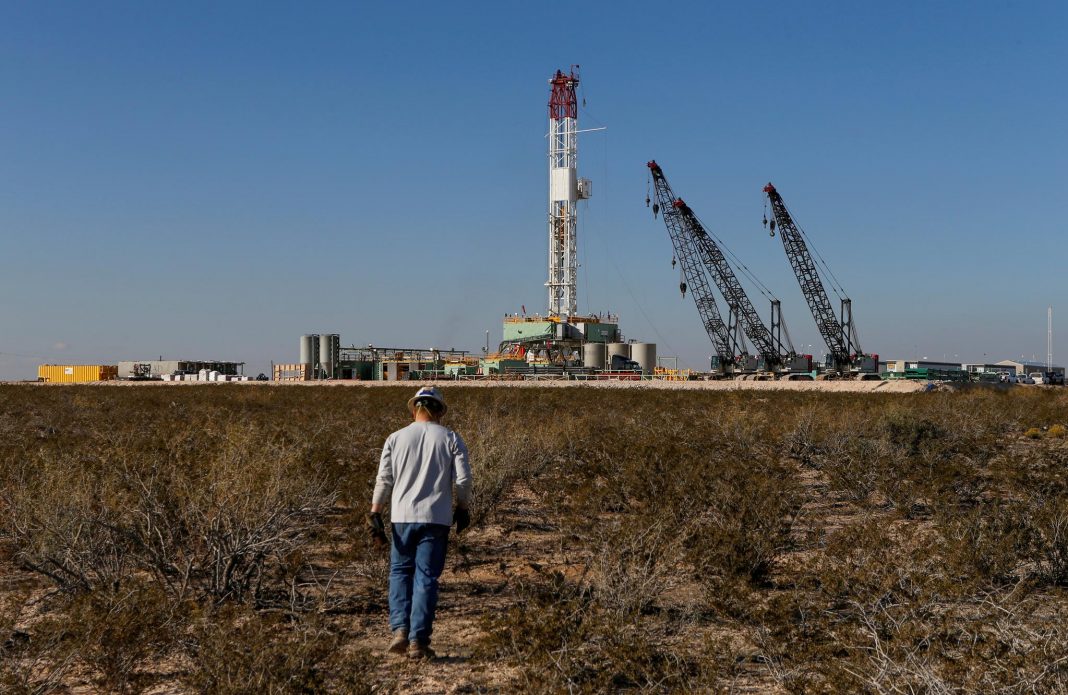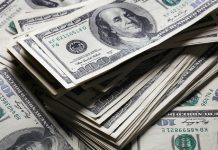Oil prices rose on Wednesday, building on solid gains overnight, thanks to a combination of a weaker dollar and expectations the incoming U.S. administration will deliver massive stimulus spending that would lift fuel demand and draw down crude stocks.
U.S. West Texas Intermediate (WTI) crude futures climbed 41 cents, or 0.77%, to $53.39 a barrel at 0750 GMT, building on a 1.2% rise on Tuesday.
Brent crude futures rose 37 cents, or 0.66%, to $56.27 a barrel, adding to a 2.1% gain on Tuesday.
U.S. President-elect Joe Biden’s Treasury Secretary nominee Janet Yellen urged lawmakers on Tuesday to “act big” on pandemic relief spending, reinforcing hopes of massive spending to boost growth.
“Certainly the expectation is that will support better growth and better demand in the U.S.,” said National Australia Bank’s head of commodity research, Lachlan Shaw.
A fall in the dollar index following Yellen’s remarks also helped oil to rally, said Jeffrey Halley, senior market analyst at OANDA.
Traders will be watching out for U.S. crude and products inventory data due from the American Petroleum Institute on Wednesday and from the Energy Information Administration on Friday.
“Markets are anticipating U.S. commercial crude inventories to fall for six weeks in a roll, underpinning oil prices,” said DailyFX strategist Margaret Yang.
Six analysts polled by Reuters estimated, on average, that crude stocks fell by 300,000 barrels in the week to Jan. 15, but expect gasoline stockpiles rose by 3.0 million barrels. Distillate inventories, which include diesel, heating oil and jet fuel, were seen up by 800,000 bbl.
On the whole, however, the market remains concerned about near-term oil demand as the International Energy Agency cut its outlook for first-quarter oil consumption by 580,000 barrels per day, due to tight lockdowns and border closures to stop soaring COVID-19 infections.
China’s capital Beijing on Wednesday announced stricter COVID-19 control measures and will shut down a subway station after the city reported its biggest daily jump in new COVID-19 cases in more than three weeks.
The country is experiencing its most severe COVID-19 outbreak since March 2020 ahead of the key Lunar New Year holiday season. More than 20 provincial-level regions have asked people to stay put during the holiday.
Germany on Tuesday extended a lockdown for most shops and schools for another two weeks, to Feb. 14.



























